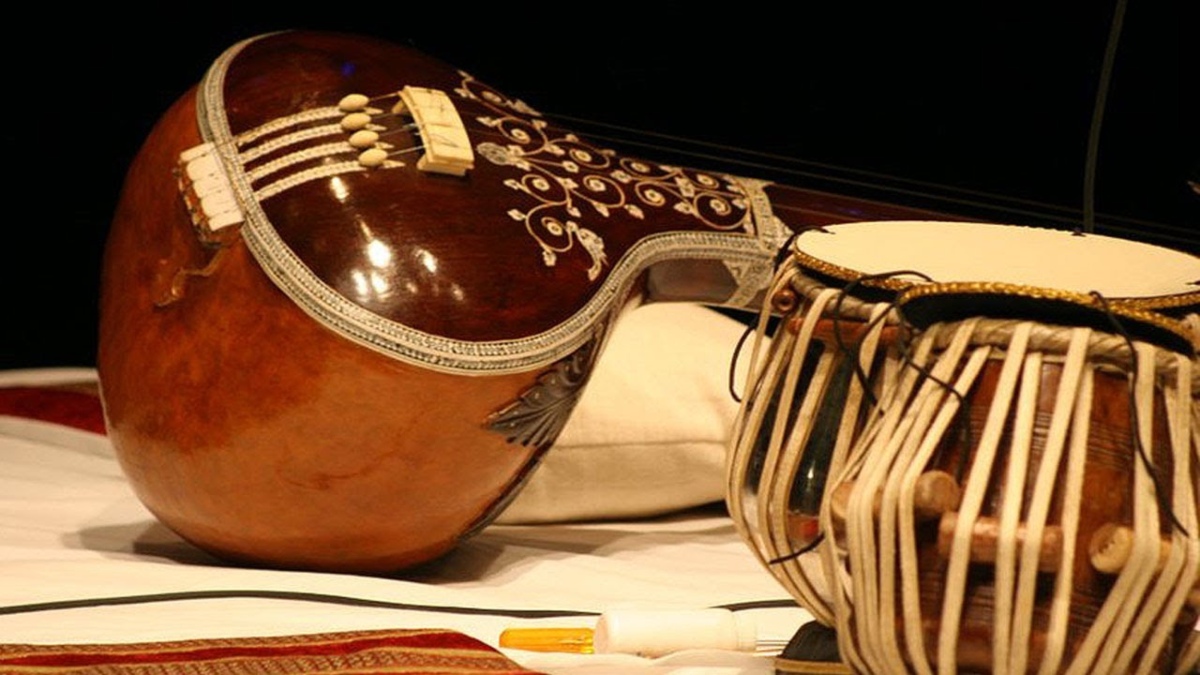
People have often asked me how I manage to keep integrity to my rendering of Carnatic music without the influence of the Hindustani style and vice versa. And I reply with casual ease, that it’s no different from being able to speak different languages. While we are speaking to someone who knows only Hindi, we do not slip into any other language, do we? Or Tamil or Marathi. Our brains switch to the mode of that particular language, and we know we can speak that language without getting it confused with another one. Of course the prerequisite for this is to know both languages well.
While I use this anology mostly to explain my ambi-musicality (if I may be permitted to coin this word), I do think that at a deep level, the reason is more nuanced. Yes, definitely a big part of why I can manage to sing Carnatic and Hindustani music without confusing one for another is years of practice and hard work independently on both forms. But the deeper nuance is actually something ironic.
To illustrate this, I am compelled to use another language anology. Let us assume that you are speaking to two different people, both of whom are dear to you. Say two best friends, one who knows only Hindi and another who knows only English. But if you know that you have to tell both these people that you care for them dearly, you will look into their eyes and use the best means to communicate the same thing to them. The language becomes simply a means for doing that effectively. How deeply and clearly you communicate your feelings for them is determined more by what you feel for them than the language you choose to use to commincate that.
In the same manner, the underpinnings of both Hindustani and Carnatic Classical music are basically deeply spiritual and divine. Music in India has evolved into different stylistic and artistic approaches for the musician to explore the same divine sound or musical dimension. This has happened because of language, cultural and religious influences on our indigenous music. But what has not changed is the reason why this music came about in the first place. It came about as a natural evolution of our need to speak to the mighty forces of nature, our need to reach out to God for answers to life’s sometimes tough questions and our need to become one with the divine. It was our way of connecting with the nature around us and a way to connect with the divine in others too.
So despite Carnatic and Hindustani music being different ways to approach Raagas, when I sing, I am essentially trying to commicate divinity and pritisinity through the music. When I choose to sing to an audience that understands Carnatic music, I sing accordingly and vice versa for Hindustani music. I am simply using the most effective ‘musical language’ to get through to the audience. But my personal conviction on why, with God’s blessings, I am able to do this successfully and without confusion, is a lot more to do with my respect and love for the people I sing for or teach or interact with. My humble attempt is to really communicate many deep emotions. For instance I might want to say through my music that ‘I understand that you are human and have suffered and so have I’ or ‘We are all on the same path of emotional and spiritual evolution’ or even something more mundane like ‘Isn’t this morning beautiful? I see it just like you do’.
So, whether I sing carnatic or Hindustani music, what I really want to do is communicate effectively.
In the last decade, I have also started doing thematic presentations on how the same melodic scale or Raaga can be interpreted across the two systems, and encourage audiences from both streams to come and hear. And to my deep satisfaction, what used to earlier divide audiences because of loyalty to stylistic preferences, has now begun to integrate audiences because my attempt to connect with the soul inside them communicates itself. It transcends the barriers of style and lineage, and suddenly we are just one collective soul in the presence of the divine sound of classical music.
At my academy Music Vruksh, we have students of both Hindustani and Carnatic music, and I try and introduce both sometimes to some students. This is because of the same reason—I want them to learn different approaches to the same truth. I want them to understand that beauty transcends language.
I also want them to eventually understand that music is a leveler and should be used for that. It should not divide. It should not compartmentalise audiences. It should eventually integrate people and bring them together. So let’s learn different languages of classical music to say the same thing. That music is God’s thumbprint.
The writer is a vocalist of both Hindustani and Carnatic Classical music, with over three decades’ experience. She is also the founder of Music Vruksh, a venture to make classical accessible for its aesthetic and wellness benefits.